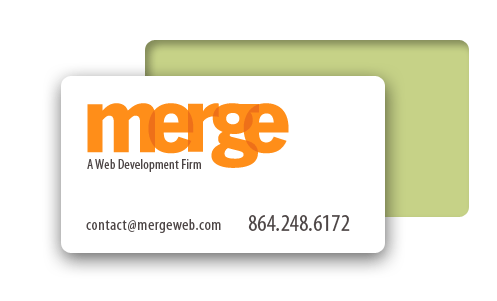Merge recently moved offices and I was in need of purchasing a new desk. Looking at the options, nothing really excited me…but in the back of my mind, I remember seeing a stand-up desk somewhere, and that really intrigued me.
So I searched and found standupdesks.com and discovered I could get a custom built stand-up desk (made out of solid, real wood) less expensive than what I could get a cheaper laminate desk for.
The only question I had to ask myself is, “Do I really want to stand up all day?”
There was only one way to find out: start using a stand-up desk. The only problem is I didn’t want to plunk down more than $1k if I in fact didn’t like it. So I went to Lowe’s and bought a temporary solution, a workbench ($79). My friend, Rush Wilson from across the street, saw my temporary stand-up desk stacked on books (in my effort to get the height right) and brought over some bed-risers in their stead (brilliant). Now, I think I have the height about right (my desk comes up to-well, right below my belt line).
The most common question I get asked is, “How could you stand up all day?” My reply is that people in retail do it all the time, waiters, cooks or anyone in hospitality does it all day long, so why can’t an office worker? The truth of the matter is this though: If I had to stand up all day long at my desk, I probably wouldn’t do it. I figured in my business I’m in meetings at least half my day and so I’m sitting at least half the day. So the maximum time I’ll have in any given day is probably 4 hours. The second solution to this question is that I have a bar stool (Linens-n-Things, $39) that I can rest on if I’m doing something prolonged. I’ve found I’ve used it for long phone calls, if I’m going through a bunch of paperwork or if I’ve just been standing in one spot for over 45 minutes or so.
I’m amazed at how much I move around throughout the day, whether it’s to talk with Team Merge, go to the bathroom (TMI?) or refill my coffee cup.
Here are some purported benefits of a stand-up desk:
-Helps back pain (I have none, so n/a, but perhaps will prevent?)
-Helps posture (I’m a chronic sloucher when sitting-or standing for that matter-I notice I have better posture when at the stand-up desk)
-More energy (I concur and have experienced such)
-Clearer thinking (I think this is in line with more energy)
-Better on the phone (more aggressive, on your toes-literally)
-More engaged and prone to less procrastination, surfing the web, etc. (yes, I’ve seen improvements here too)
-Can Relax (when you stand you’re brain says you’re working, when you sit (now) you’re brain says relax)
Some Drawback’s I’ve noticed
-My feet are sore (after about 10 days of doing this-supposedly you get over it and people have recommended the gel mats retailers use)
-Phone. I have a credenza behind me where my phone is, so I have to go back and forth to my computer to dial numbers. Sort of annoying. When I get the bigger stand-up desk, hopefully everything can live there.
-Guests. Talking to people who come into your office is a little awkward as there’s no where for them to sit, and if they did, you’re still standing. I am thinking about getting other stools for guests. I also will have a small conference table in my office to address this, but not everybody has such room.
-Weird. It’s just unusual so when people come into my office and see a stand-up desk they can’t help but think what is wrong with me.
-Accessing (paper) files. Bending down to the filing cabinet is not as easy or ergonomic I’m sure as when sitting.
-Non-level. Merge lives in a 100+ year old building and the floor to my office slopes quite a bit. I notice I shift my feet often due to this slope.
The pros thus far have outweighed the cons. I’ll probably be placing my order soon for my desk. I need to play with the height a little more to make sure I get that right. But so far, the stand-up desk experiment is a success. I highly recommend it if you’re considering-but do the cheap trial version (total about $100) before buying the real deal.
Here’s a great discussion from 37signals.com about stand-up desks.
